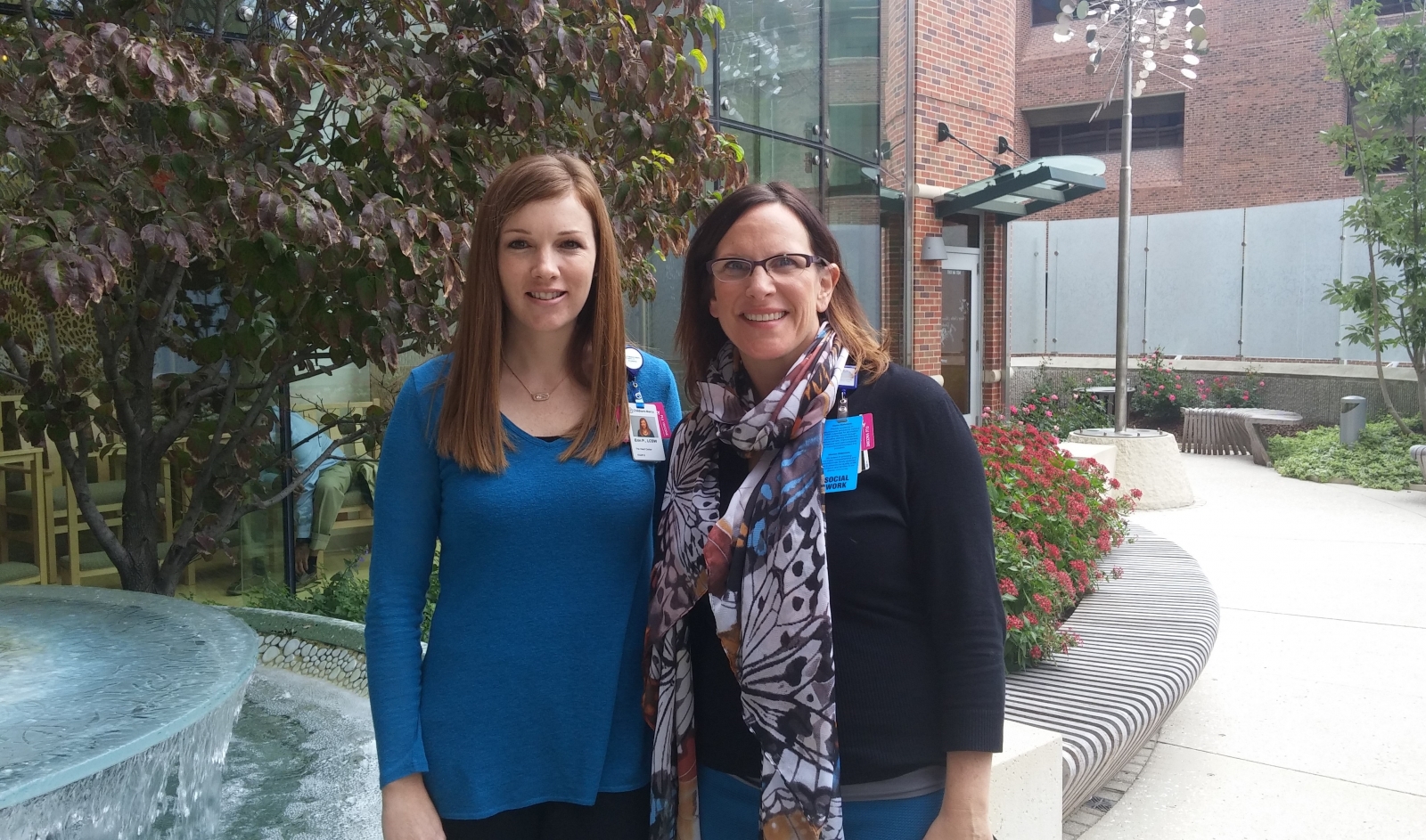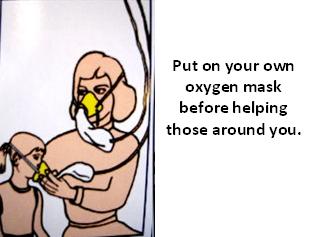By: Leslie Lieberman, Senior Director of Special Initiatives and Consulting, Health Federation of Philadelphia
 Over the last few months, I have traveled across the nation to visit a few of the Mobilizing Action for Resilient Communities (MARC) sites. One thing I've heard consistently from members of the ACE and resilience networks in those communities is what they have learned about prioritizing what many refer to as "self-care” for staff.
Over the last few months, I have traveled across the nation to visit a few of the Mobilizing Action for Resilient Communities (MARC) sites. One thing I've heard consistently from members of the ACE and resilience networks in those communities is what they have learned about prioritizing what many refer to as "self-care” for staff.
In Kansas City, Patricia Davis, LCSW, has a full-time job dedicated to integrating trauma-informed practice at Children's Mercy Hospital (how great is that?!). During my visit, Davis shared that they had had to shift their approach to focus first on promoting what they refer to as "staff wellness and resilience" before they could even address their other pillars of trauma-informed care: “sharing knowledge and raising awareness about trauma and adversity” and “integrating trauma sensitive practices into patient care.”
Like many other organizations, Children's Mercy started their journey to become a trauma-informed organization by providing foundational training on trauma and ACEs. They soon found that staff could not be open to the information until they, themselves, felt safe and cared for by the organization. This led them to begin prioritizing how the organization attended to staff wellness and resilience.
Several things about the Children's Mercy story struck a chord for me.
First, of course it made total sense that staff safety, wellness, and resilience are paramount; like Maslow's Hierarchy of Needs, it must come first. Isn't this what we teach when we use the analogy of putting one's own oxygen mask on before assisting others?

Second, I really liked that they broadened the terminology from the oft used "self-care" to "staff wellness and resilience." I've become increasingly uncomfortable with the emphasis that many workshops, trainings, books, articles, and tool kits on trauma-informed care (including those offered by my own organization) place on employee "self-care" as the key preventive measure and antidote to secondary traumatic stress or vicarious trauma. To me, prioritizing self-care places far too much of the responsibility on the individual employee and far too little responsibility on organizations and systems to integrate practices, protocols, and policies that support and nurture staff so they can, in turn, support and nurture those they serve.
So, what do I mean by practices, protocols, and polices that support and nurture staff and prevent and ameliorate secondary traumatic stress? Here are a few ideas:
- Educate all staff about the signs and symptoms of secondary traumatic stress.
- Provide meaningful and creative opportunities for professional development (e.g., brown bag lunches on topics of interest to staff, book club discussion groups, etc.)
- Provide opportunities for staff to safely explore their own trauma histories.
- Provide reflective supervision, a model which gives staff an opportunity to meet regularly and collaboratively with their supervisors to reflect on how their work affects them and deepens their understanding of parallel process.
- Offer on-site opportunities for employee self-care and social connection such as physical activity, birthday celebrations, knitting circles, yoga, meditation, etc.
- Make the creation of individual safety and self-care plans an organizational practice for all staff.
- Empower employees and provide opportunities for them to contribute their ideas to organizational improvement, staff wellness, and resilience.
- Ensure that the physical environment where staff works is safe.
- Ensure that staff have psychological safety at work (e.g., have and enforce strong policies condemning bullying, harassment, discrimination, racism, sexism, etc. in the workplace)
- Provide health and mental health care benefits and access to employee assistance programs.
- Provide paid sick and family leave.
- Provide a living wage.
My resolution for 2017 is to work toward changing the lexicon as a starting point for changing the culture. From here forward, I hope you will join me in promoting the concept of and using the phrase "staff wellness and resilience" rather than "self-care" as primary in any organization wanting to become trauma-informed.
Over the year, I hope to share more stories from what I’ve learned on my MARC site visits, including those about where and how staff wellness and resilience is thriving.
Want to share your story about staff wellness and resilience? Tweet your #SharedLearnings to @HealthFedMARC or email MARC@healthfederation.org.
- Log in to post comments